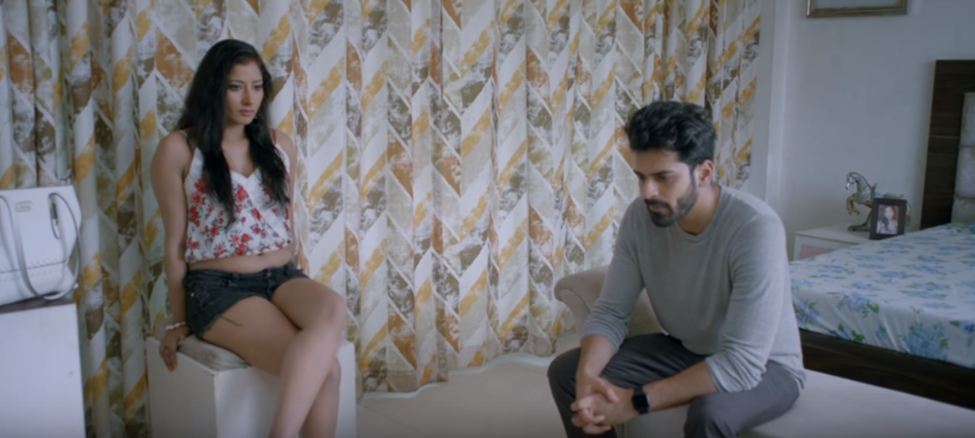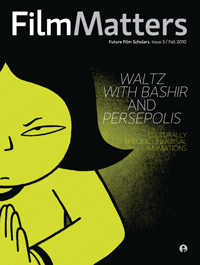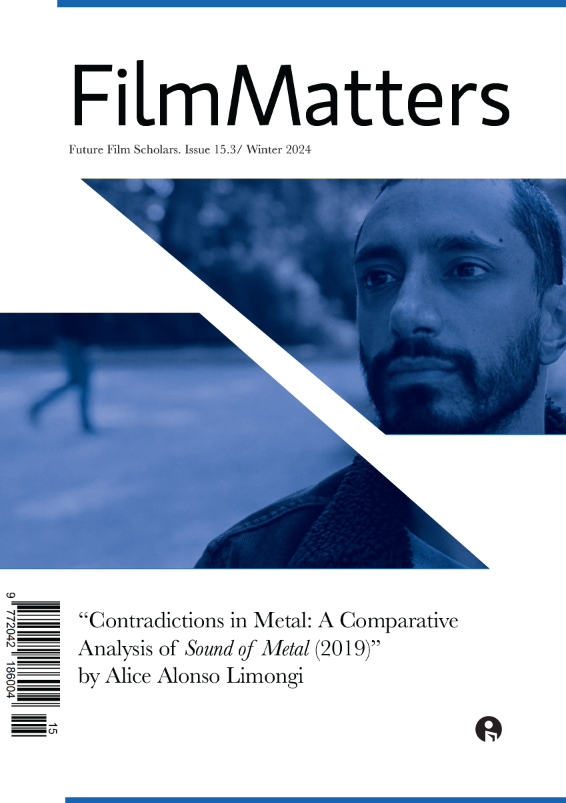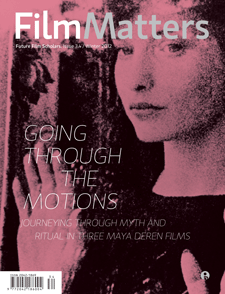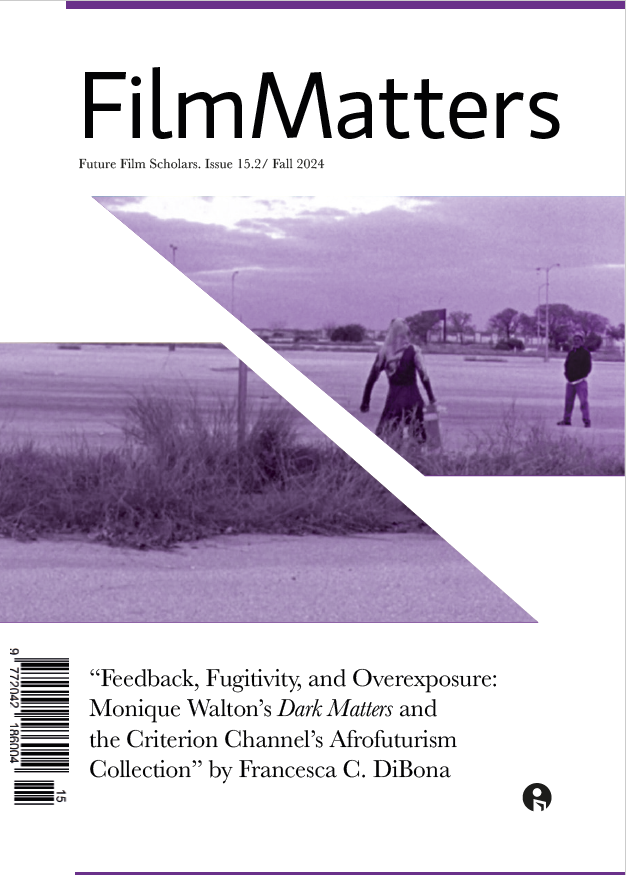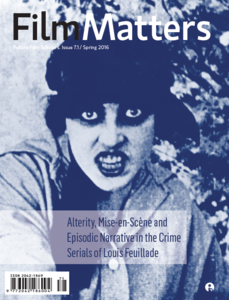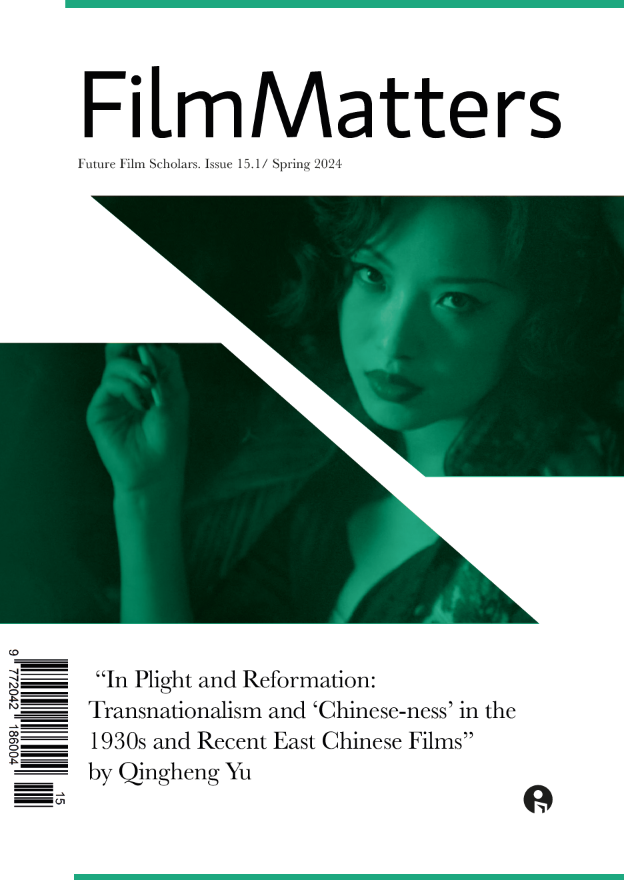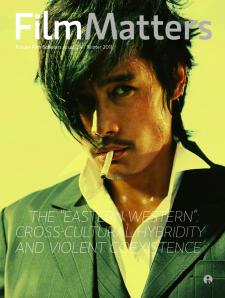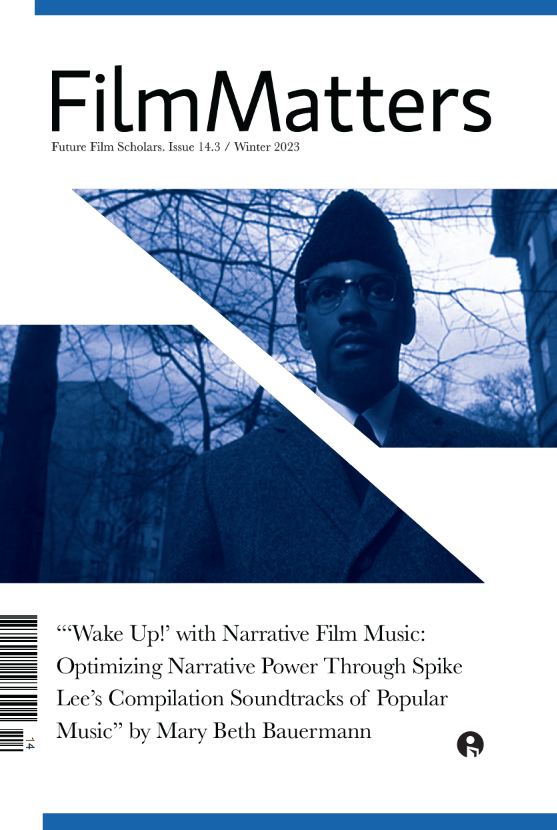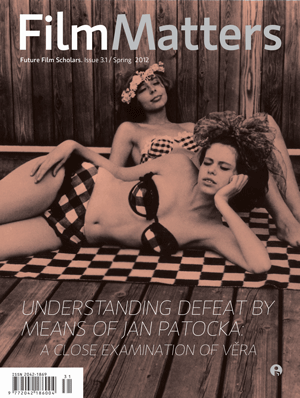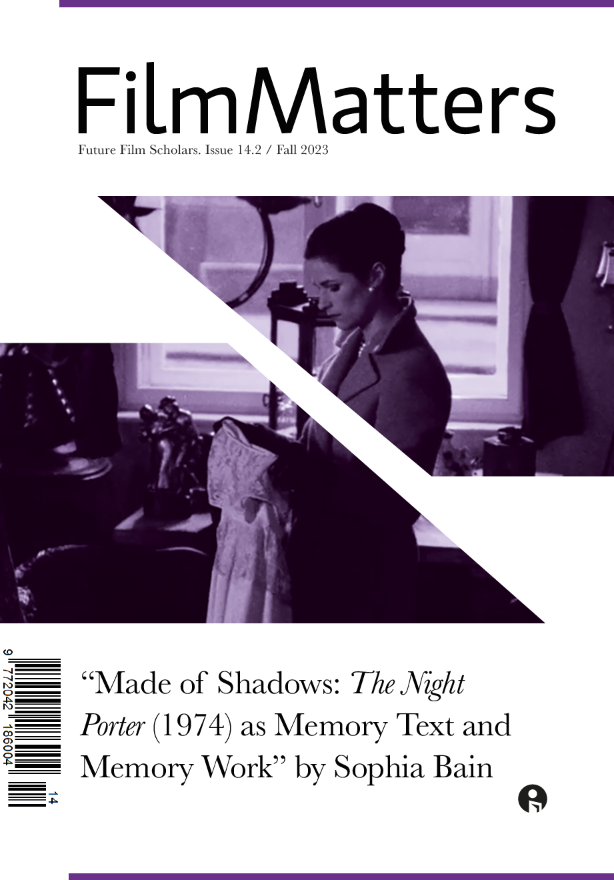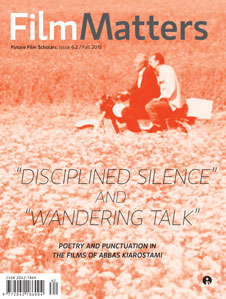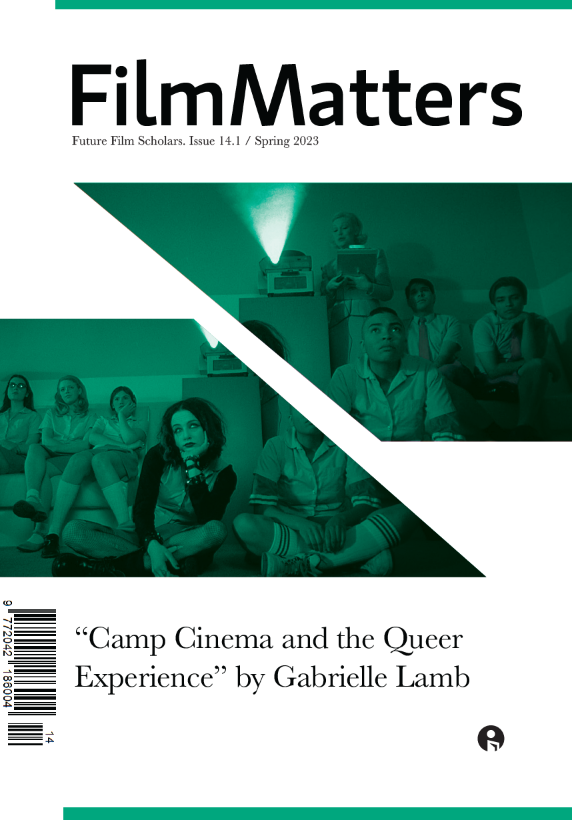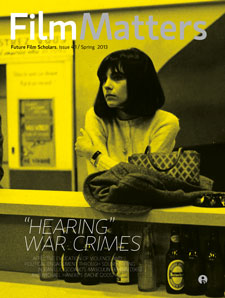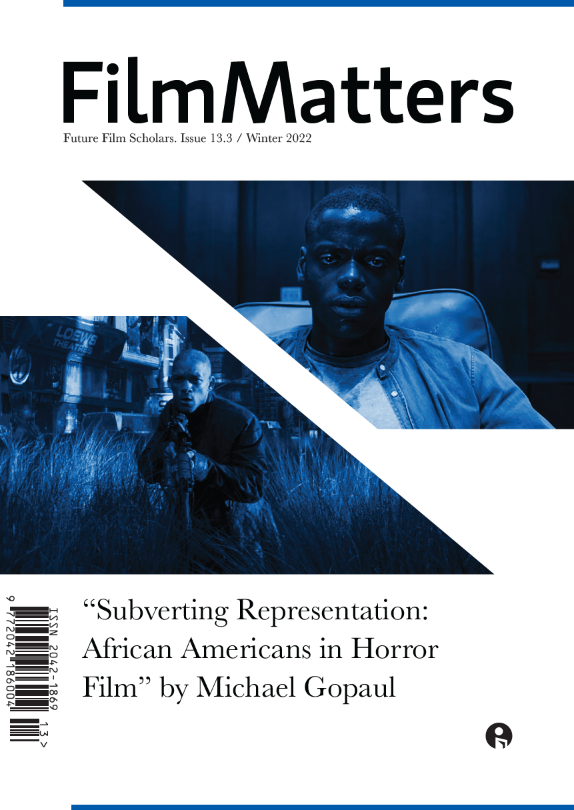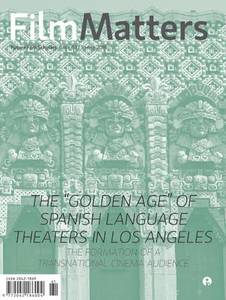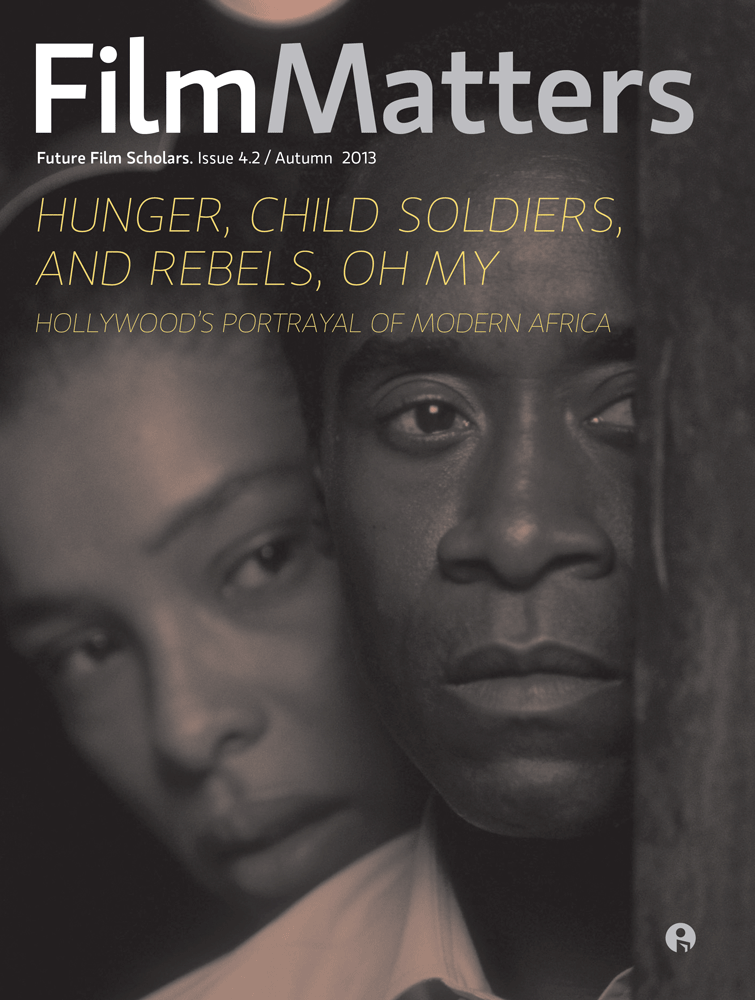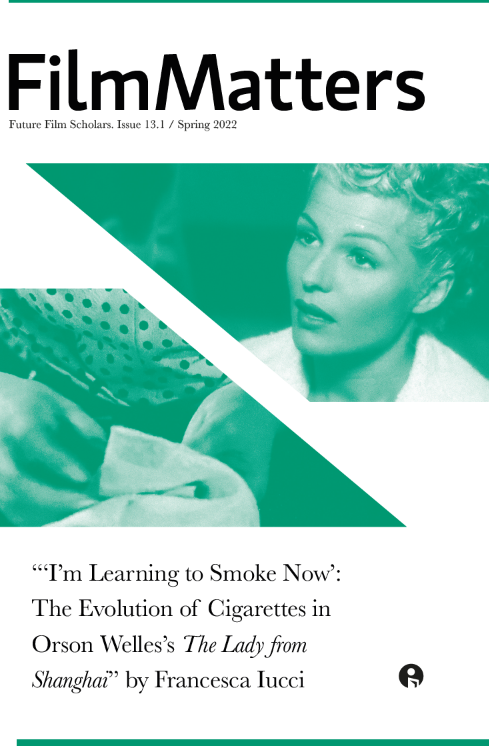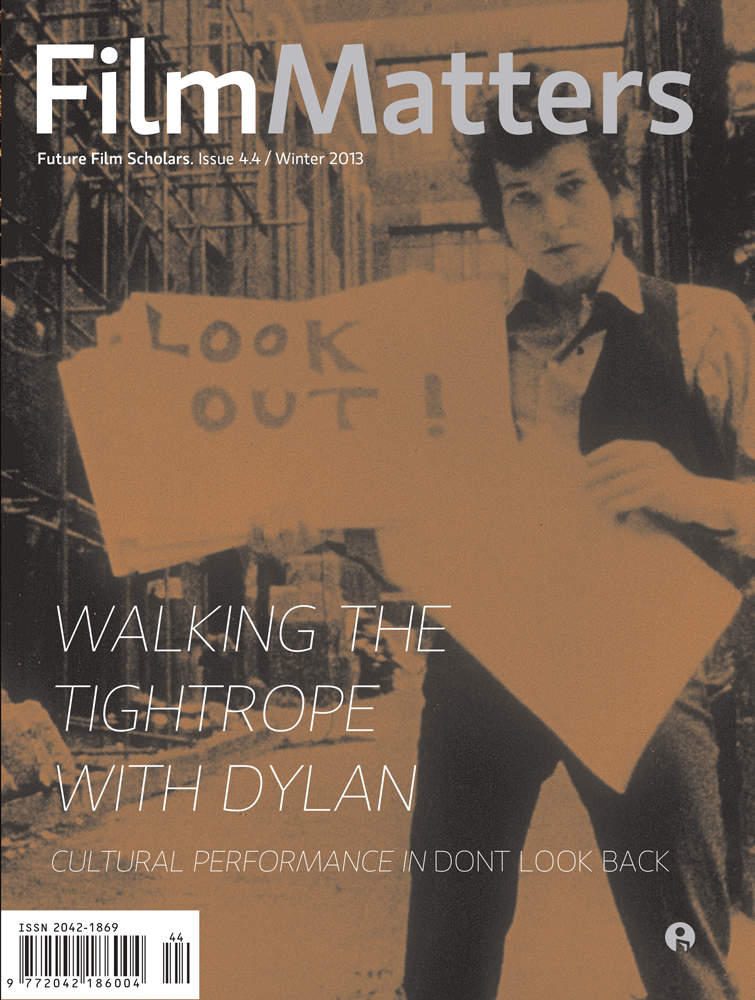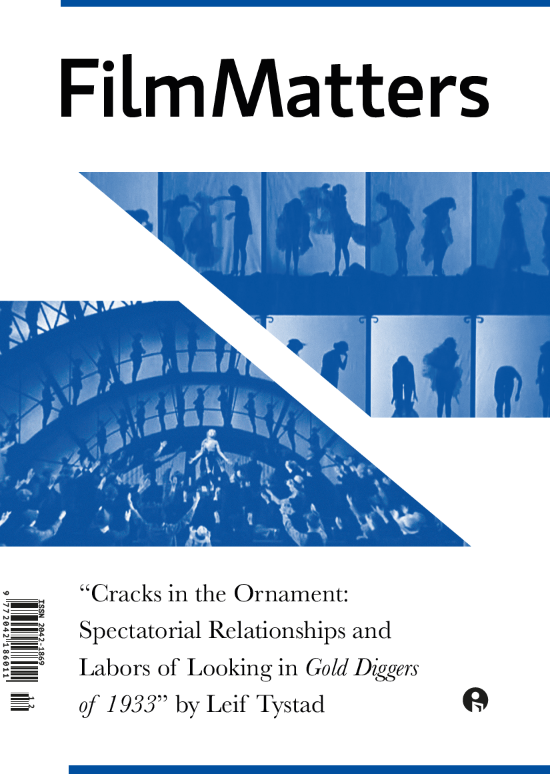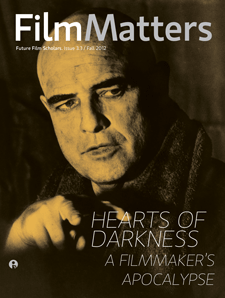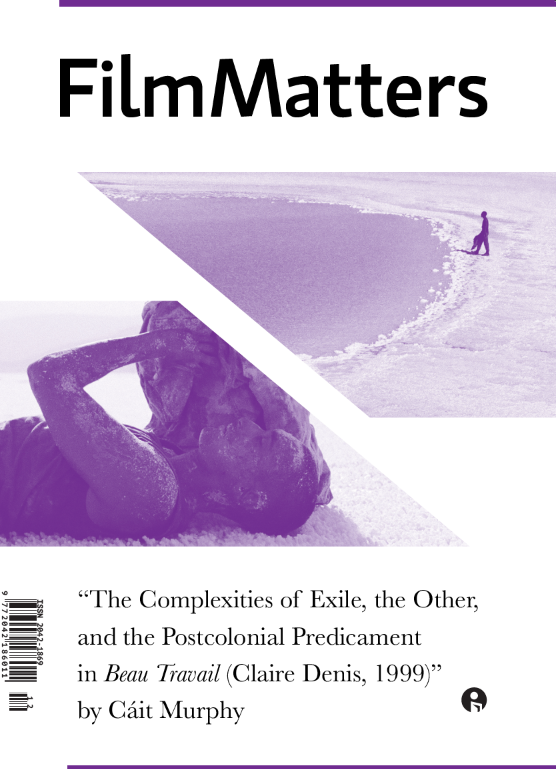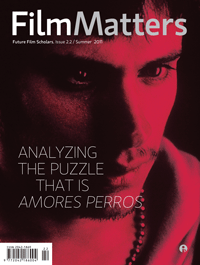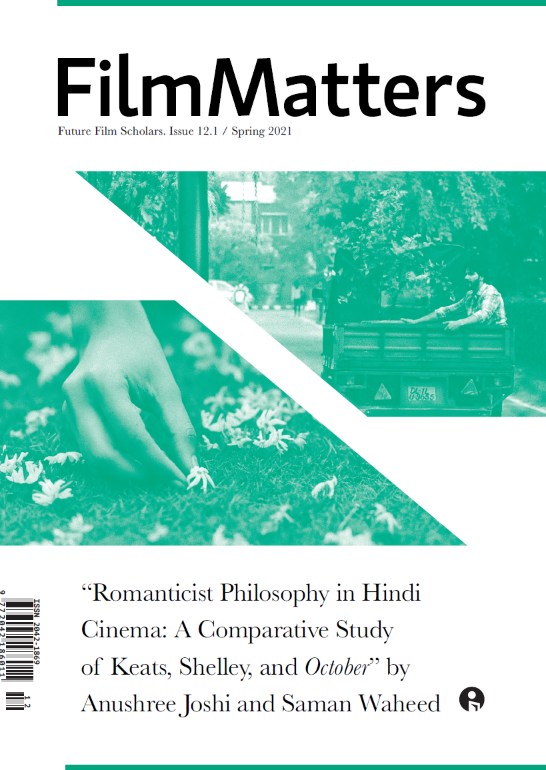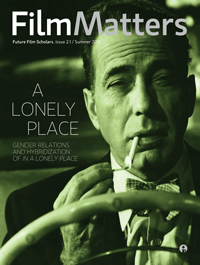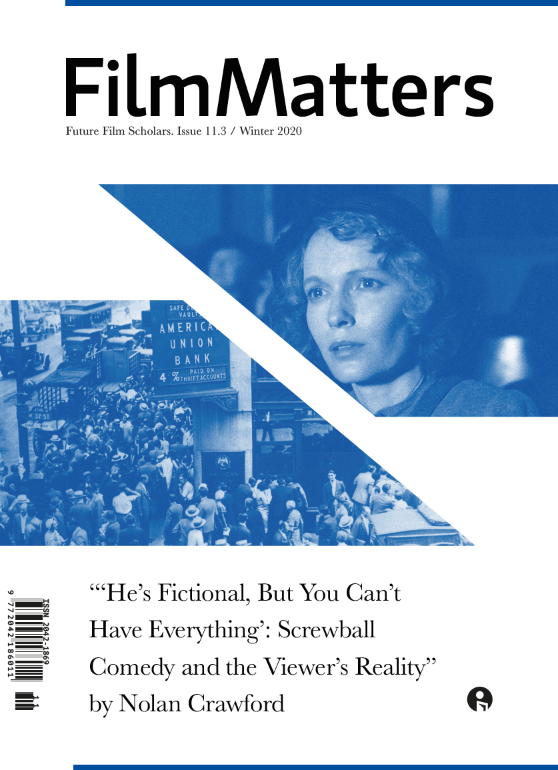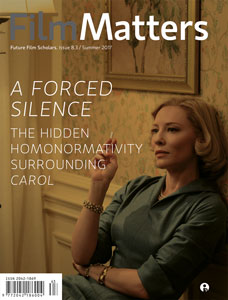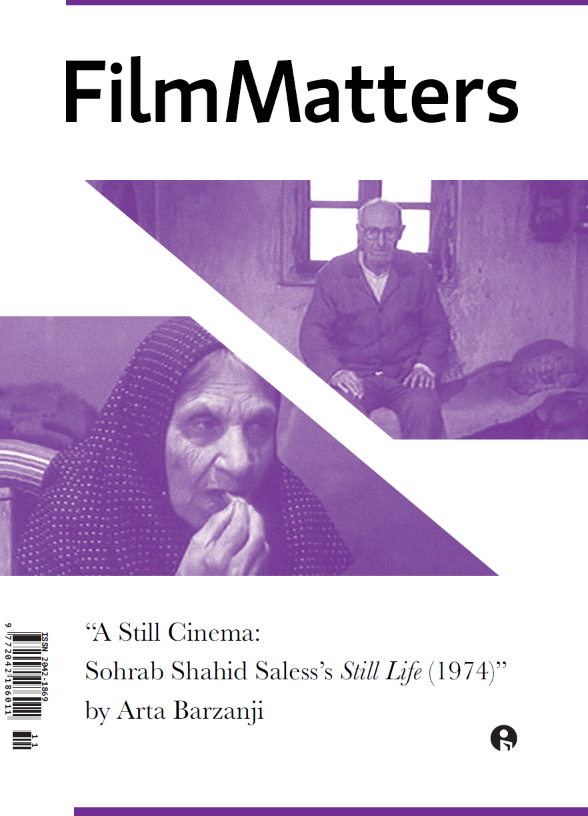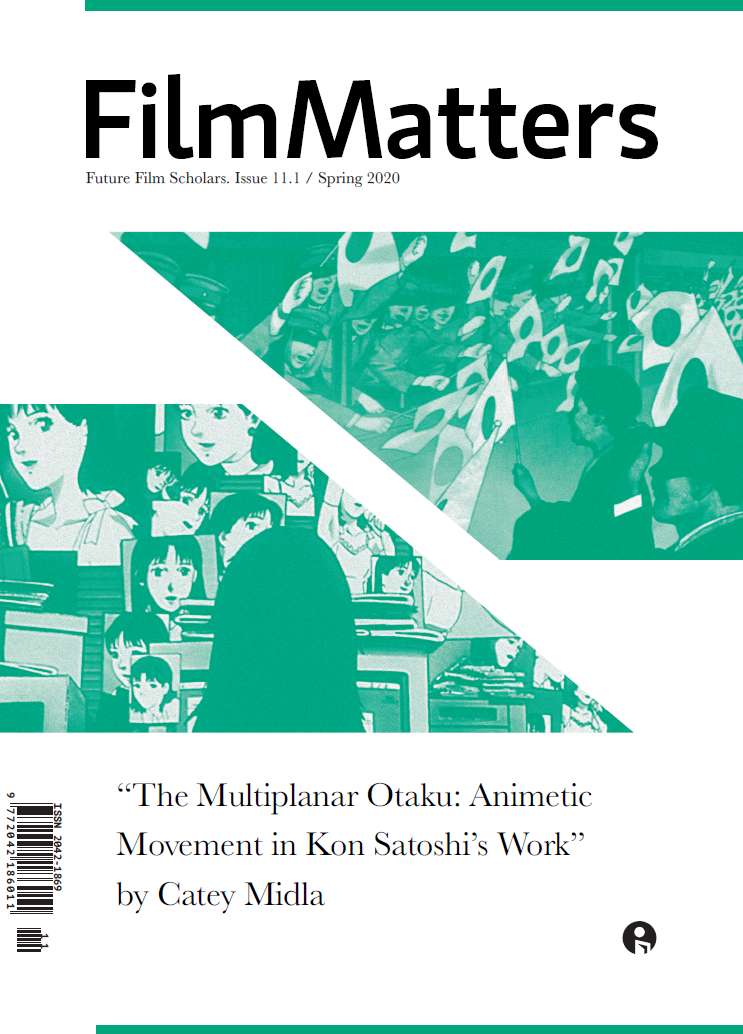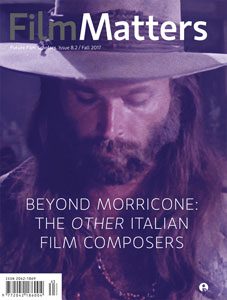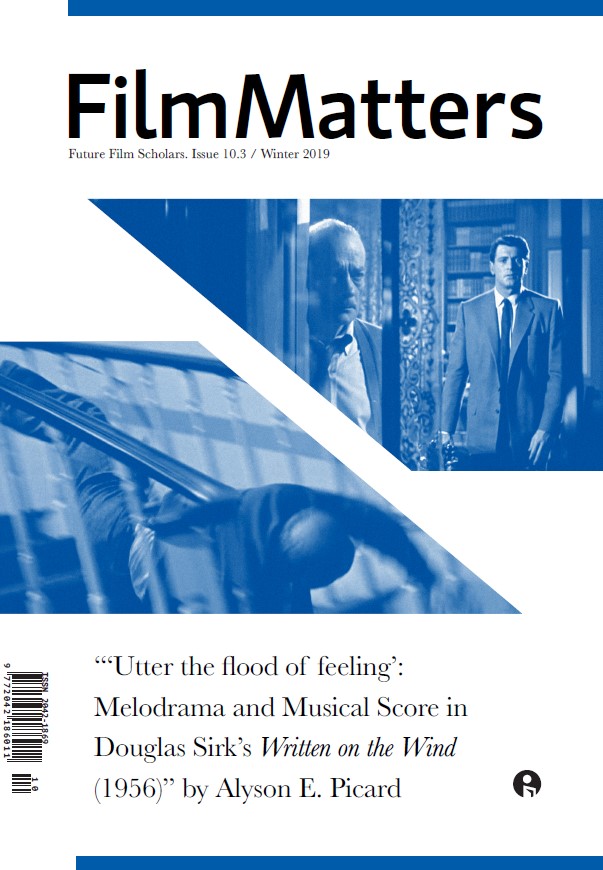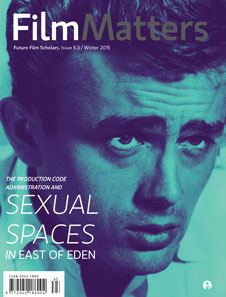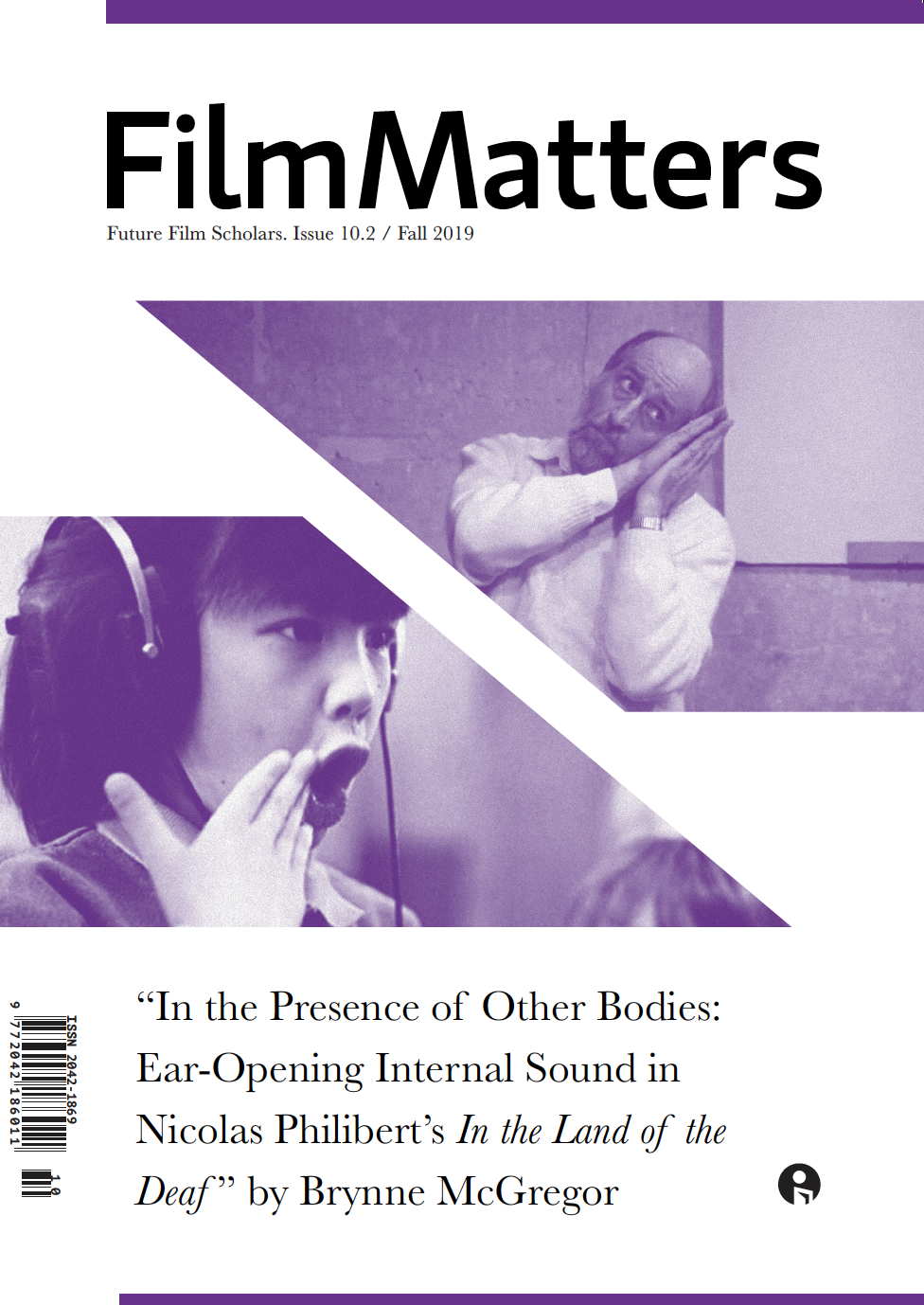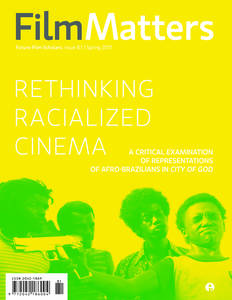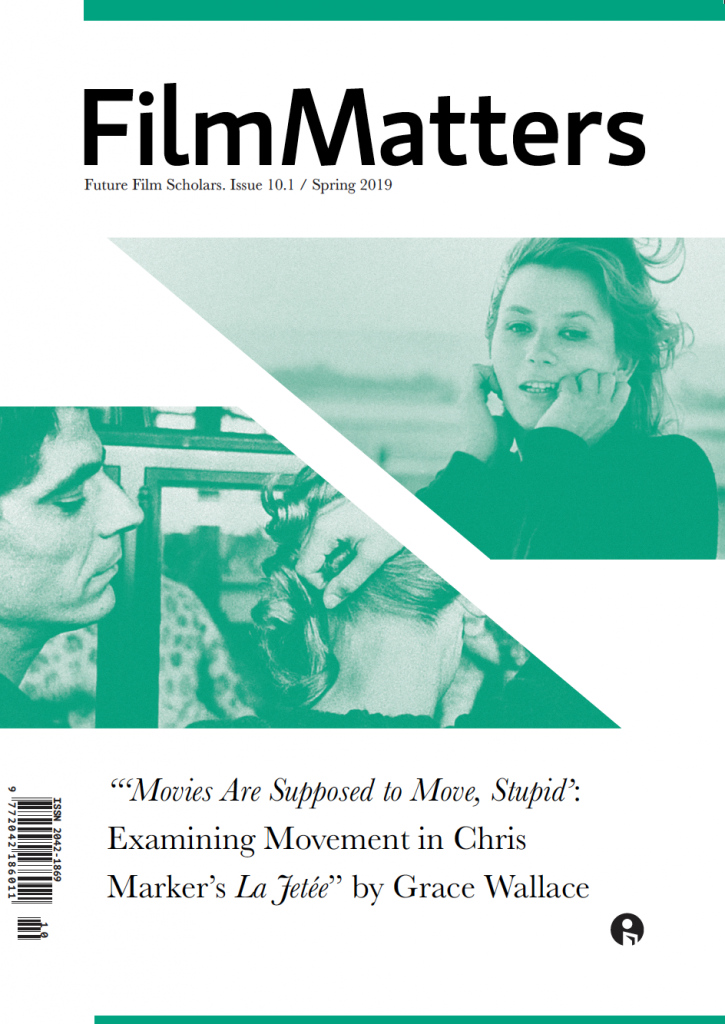Western cinema, and by extension much of Western culture, has had a complicated relationship with colonialism. From the pro-British propaganda of Gunga Din to the “cowboys vs. Indians” subgenre that Stagecoach (1939) occupies, European and American representation of the very races that they oppress has been predictably wanting. This is why James Gray’s revisionist epic, The Lost City of Z (2016), begins with a deliberate juxtaposition, following a shot of Native Amazonian tribesmen with a shot of the British Percy Fawcett (Charlie Hunnam) on horseback. This is not a display of dominance or conflict, but rather one of harmony, representative of the film’s protagonist being one of the few progressives of the time willing to give Aboriginal tribes humanity. The Lost City of Z is partly a thrilling exploration adventure and partly a thoughtful examination of obsession, but the real reason it succeeds is because of its politics.
Continue readingThe Lost City of Z (2016). Reviewed by Keshav Srinivasan
Chamberlain Staub, Author of FM 9.3 (2018) Article “Confronting Rural Hardship in British Cinema: National Identity in The Levelling and God’s Own Country”
Film Matters: Please tell us about your article that is being published in Film Matters.
Chamberlain Staub: “Confronting Rural Hardship in British Cinema” argues that The Levelling and God’s Own Country are British heritage films; it is a topic that has been understudied and this article outlines how these films emphasize not only rural landscapes, but the people who maintain them. The writing praises the work of Hope Dickson Leach and Francis Lee as they weave farming traditions and folklore into authentic onscreen portrayals of modern-day farming, hardships, and the complex familial relationships present within this lifestyle.
Continue readingEmma Hughes, Author of FM 9.3 (2018) Article “The New Global West: Redefining the Borders of Genre in the Post-Revisionist Western”
Film Matters: Please tell us about your article that is being published in Film Matters.
Emma Hughes: “The New Global West: Redefining the Borders of Genre in the Post-Revisionist Western” is a revised version of a longer paper that I wrote for my senior comprehensive exercise at Carleton College in 2016. I fell in love with genre studies and the western genre at the same time, during my first year of college, and I wanted to write an analytical paper that would best represent my specific love for film studies, as well as my skills learned as a Cinema and Media Studies major. This article analyzes recent western genre films, with focus on Mad Max: Fury Road (George Miller, 2015) and The Revenant (Alejandro Iñárritu, 2015), and explores the ways in which this genre–which is a staple of American cinema and American national identity–has changed and been reborn in the past several years. I propose that a new era of the “post-revisionist western” works to shift both classical and revisionist definitions of the genre in its boundaries of time, space, and identity to signal a new, more global and universal identity of both the genre and of society itself.
Continue readingAlexandria R. Moore, Author of FM 9.3 (2018) Article “A Feminine Techno-Utopia: Identification/Transformation/Transcendence of Embodiment in Spike Jonze’s Her”
Film Matters: Please tell us about your article that is being published in Film Matters.
Alexandria R. Moore: This piece was really the culmination of my undergraduate intellectual development. It was, to me, a way of dovetailing my humanities education in a way that felt intersectional, representative, probing, and honoring of great female scholars.
Continue readingAdam Herron, Author of FM 9.3 (2018) Article “‘Victim Sells’: The Commercial Context of Snuff Fiction and A Serbian Film”
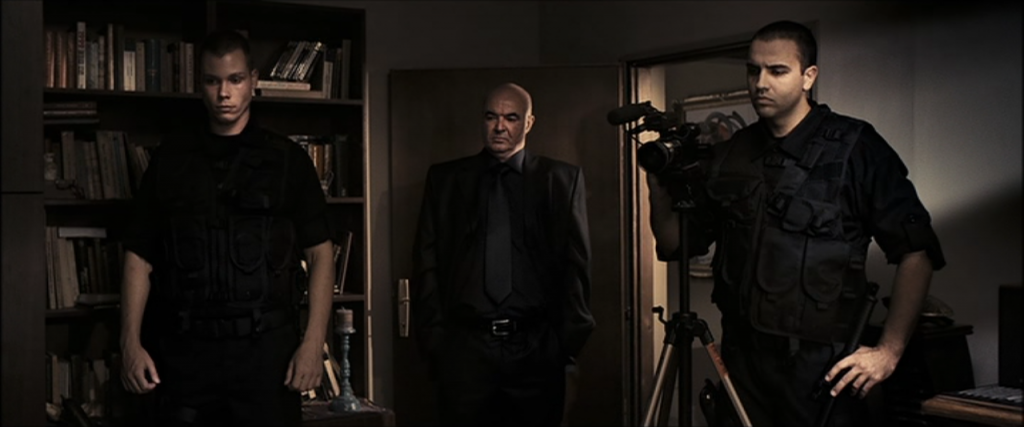
Film Matters: Please tell us about your article that is being published in Film Matters.
Adam Herron: My article discusses how A Serbian Film demonstrates the commercial context of snuff fiction through its marketing and distribution, as well as its textual content. Whereas the film was largely condemned by critics, I aim to contextualize the film within prior developments in horror. Examining how sensationalism and excess have already been deployed in the promotional campaigns and narrative themes of other films, I contend that the marketing and distribution of A Serbian Film actually aimed to mitigate its shocking content, while its textual content mounts a critique of economic inequalities perpetuated by global capitalism and occidental consumerism.
Continue readingFlorian Zitzelsberger, Author of FM 9.3 (2018) Article “A Recipe to Self-Made Womanhood? Nora Ephron’s Julie & Julia, Domesticity, and Gender”
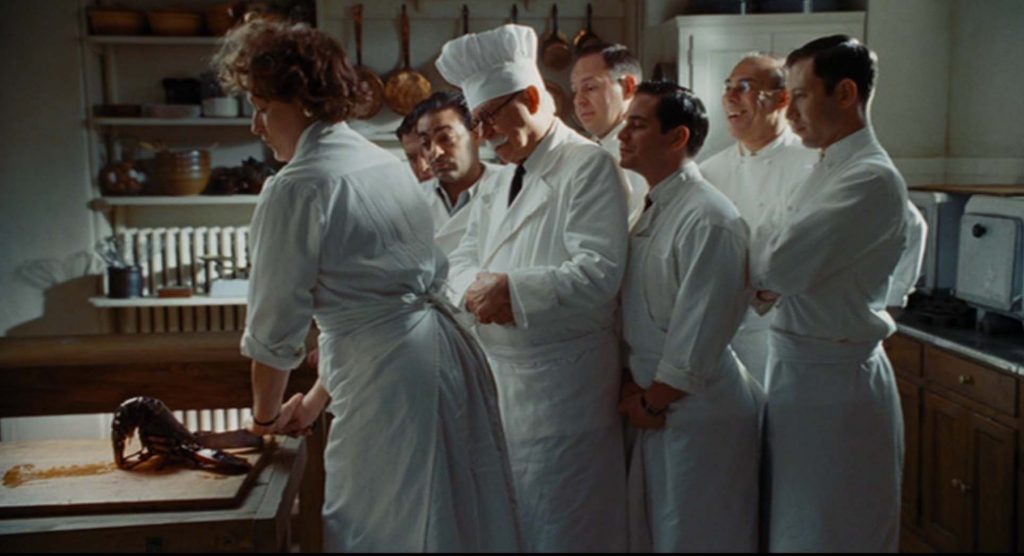
Film Matters: Please tell us about your article that is being published in Film Matters.
Florian Zitzelsberger: The article focuses on aspects of domesticity and gender in the film Julie & Julia by director Nora Ephron. I have loved this film ever since its release in 2009, mainly because I am a huge fan of Julia Child’s work and was very happy to see her come to life again on the big screen. Her enthusiasm for cooking became a huge inspiration for people all around the globe, women in particular. I therefore ask in my article: how does the film engage with women? One of the most intriguing aspects, for me, lies in the ways in which the film plays with “traditional” views on gender because Julia Child surely was a woman who knew how to cook—which, however, didn’t reduce her to the status of an exclusively domestic women.
Continue readingZachary Goldstein, Author of FM 9.3 (2018) Article “Stephen Gaghan’s Syriana: A Challenge to Hollywood Orientalism”

Film Matters: Please tell us about your article that is being published in Film Matters.
Zachary Goldstein: This article utilizes Stephen Gaghin’s film Syriana as a lens through which to analyze larger trends of Islamophobia and Orientalism in Hollywood film.
Continue readingOn Political Aesthetics in Mexican Cinema: Canoa: A Shameful Memory. By Mina Radovic
Canoa opens in 1968 with the sound of a typewriter, as a journalist sits late at night in his office, typing up a live report he receives over the phone. The report reads “five students were lynched tonight by the people of San Miguel Canoa.” As cigarette smoke fills the air an impressive deep focus shot diagonally stretches the background into the foreground. The shot magnifies the typewriter in both physical size and dramatic significance while the news is delivered and the tension heightened as we subsequently hear each student’s name slowly spelled out. When the report is finished, the film successively cuts to a street protest, a military march, and finally the credits rolling against one long fragmented POV black-and-white take that appears like a scan of the crime scene, capturing the brutalized bodies of the students and the police force on the scene.
Continue readingInterview with Vikkramm Chandirramani. By Miranda Sprouse
Love triangles are never easy – especially when there’s a murder involved. The Perfect Murder (Chandirramani, 2019) tells the story of Kabir (Rohan Gandotra), his wife Neha (Samvedna Suwalka), and his lover Carol (Niharica Raizada). I recently had the pleasure of interviewing the writer, director, producer, and editor of The Perfect Murder, Vikkramm Chandirramani.
Miranda Sprouse: Tell us about your short film, The Perfect Murder.
Vikkramm Chandirramani: The Perfect Murder is an eighteen-minute urban crime drama. It crossed 1.5 million views on YouTube earlier this week. It has been very well received. I was awarded Best Director of a Short Foreign Language Film at the South Europe International Film Festival, held in Valencia, Spain, on May 12. I had attended the festival to receive the award. It was also awarded Best Dramatic Film at the NCCC Film and Animation Festival, held in Buffalo, NY, by the Niagara County Community College. Additionally, it was screened at the Ninth Ridgewood Guild International Film Festival, New Jersey, and the Sixth Firenze FilmCorti Film Festival held in Florence, Italy.
I was in Valencia, Spain, for the South Europe International Film Festival and it was a fantastic experience. There were filmmakers from all over – from the US, Bulgaria, London, Japan, and so many countries. They had an eclectic pick of films and the energy was amazing. What makes it even more delightful is when people who do not understand Hindi or who have never seen a Bollywood film connect to my films. They screened my film twice because some people who had not seen it the first time requested it. The festival’s director Steve Grossmith is a film connoisseur. It was overall a very memorable trip.
Continue readingJames Doyle, Author of FM 9.3 (2018) Article “‘A Real Human Being & a Real Hero’: Masculinity, Liminality, & Design in Nicolas Winding Refn’s Drive”
Film Matters: Please tell us about your article that is being published in Film Matters.
James Doyle: My article is a study of the precise image of masculinity that is portrayed in Drive (Nicolas Winding Refn, 2011), and of how this image is presented to the audience through the visual design of the film. Drive questions what it means to be a “real” man in a distinctly American context, using the archetype of the outlaw hero to explore the idea of identity, and of masculinity, as something that is never fully occupied, and always subject to changes in meaning. My article focuses on how this idea is explored through the visual design of the film–the cinematography, production design, and costume design.
Continue reading





